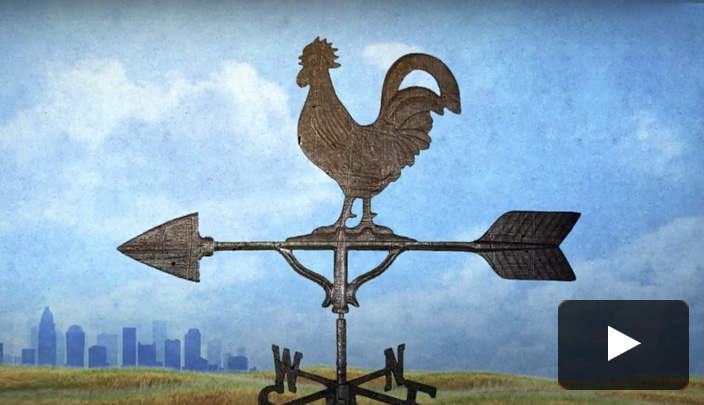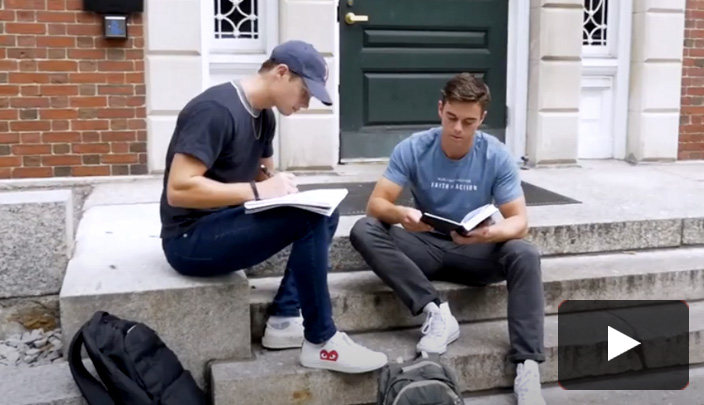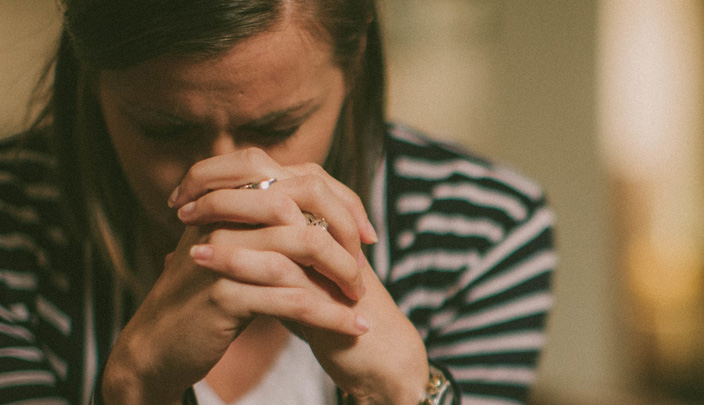A 35-Year Reflection from New York City
by dr. mac pier
When my wife Marya and I arrived in New York City in 1984 I used three adjectives to describe the city. The Big Apple was broke, violent, and under-churched in many communities. The front page of the October 30, 1975, Daily News read: “Ford to City: Drop Dead” after President Ford denied federal assistance to spare New York from bankruptcy.
In 1984, a decade of racial violence began when Bernard Goetz, a German, shot five unarmed African-American men on the subway. In 1994, the murder rate spiked at twenty-four hundred murders, or eight a day for a year. According to Jeffrey Burke, the NYPD chief forensic dentist, the city morgue simply ran out of room.
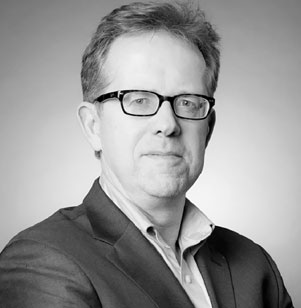 In 1989, research indicated that the percentage of people living in Manhattan and attending Bible-believing churches was 1 percent. For a population of 1.5 million people, that equates to only 15,000 people.
In 1989, research indicated that the percentage of people living in Manhattan and attending Bible-believing churches was 1 percent. For a population of 1.5 million people, that equates to only 15,000 people.
One contributing factor to limited church impact is church disunity. As we look across the global landscape, church disunity manifests in so many ways. Churches in the same community often do not know each other, let alone work together. Efforts to impact a city are often limited and uncoordinated.
Disunity in the church breeds atheism in the world. One of the manifestations of this disunity, according to the report “The Great Opportunity” (www.thegreatopportunity.org), is an estimated exodus of 1 million young adults leaving the U.S. church every year since 2008 for a total of 42 million by 2050.
What practically every faith community in every city lacks globally is muscularity. Muscularity, in this context, is the ability of the faith community to come together in such a powerful expression of unity that it can address the greatest challenges of their city. Unity leads to muscularity.
The Call to United Prayer – February 1988
By the late 1980s, God was stirring, locally and globally. The Pastor’s Prayer Summit had begun in the Northwest under the leadership of Joe Aldrich from Multnomah Bible College. He brought pastors together to spend three to four days praying together and building unity.
David Bryant from InterVarsity Missions began to speak on the vision of Jonathan Edwards from his 1747 treatise entitled An Humble Attempt. Edwards’ vision was to see churches coming together in prayer in visible unity and explicit agreement. It was a powerful accelerant for revival in New England.
At the First Baptist Church of Flushing, New York, on February 5, 1988, we hosted our first Concert of Prayer. The gathering had been designed by Ted Gandy and Aida Force of Here’s Life, along with myself. The plan was to invite sixteen churches to pray together on a Friday night. It was not coincidental that First Baptist had congregants speaking sixty languages and that Flushing speaks over a hundred languages.
On that evening, we were stunned to see seventy-five churches participate. David Bryant led us in a beautifully orchestrated evening of united prayer. Given the international nature of the audience, it was like sitting in the front row experiencing the prayer gathering in Revelation 5. There we were, gathering as a multilingual community of intercessors in perhaps the most multilingual city in human history. New York City speaks eight hundred languages.
By 1995, other prayer initiatives had begun to accelerate the prayer movement. In 1990, leaders began to pray together at Pastor’s Concerts of Prayer; the first gathering attracted four hundred pastors at Brooklyn Tabernacle. In the early 1990s, the Pastor’s Prayer Summit began in Metro New York City. Over the past thirty years, six thousand leaders have gathered for forty-eight hours of prayer, communion, worship, and friendship. This event has become the single most important gathering of the year for spiritual leaders. We have discovered that the greatest challenge to a movement of unity is not money, space, or a program. It is always trust. We have learned that the way you build trust is to love others deeply. The way we spell love is T-I-M-E.
Coming out of the murder pandemic of 1994, there was a fresh sense of urgency to pray. Beginning in February 1995, thirty-five churches adopted a day a month to pray patterned after the eighteenth-century Moravian Movement’s The Lord’s Watch. Nicolas Count Von Zinzendorf motivated a group of German refugees to pray twenty-four hours a day for a century, patterned after the call to prayer of Isaiah 62:6-7. The Moravian Movement birthed three hundred missionaries who traveled the world, many of whom came to the United States. We cannot understand American Protestantism today apart from the Moravian Movement.
By the Year 2000 in New York City, the murder rate had declined from its peak of 1994 by 70 percent; by the year 2019, the murder rate declined by 90 percent. This was one of the tangible expressions of prayer.
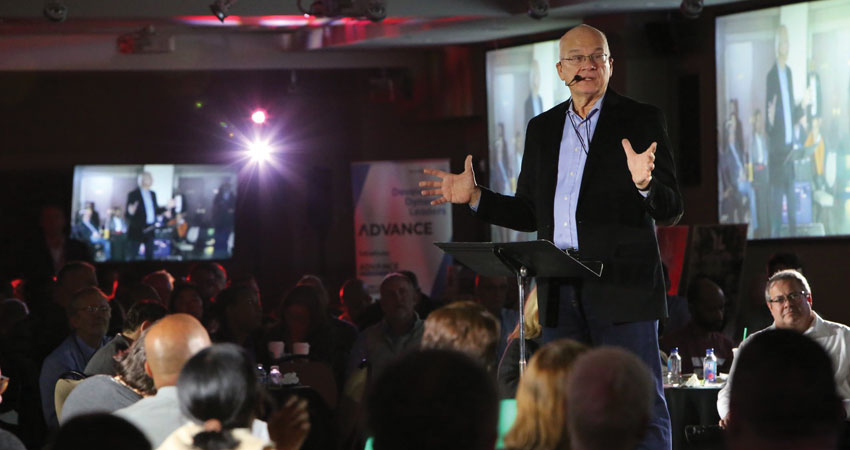
Tim Keller, speaking at Movement Day New York City in 2019. Keller and the Church Multiplication Alliance have been a catalyst for the establishment of new congregations in the city.
The Call to Learn – March 1995
In 1995, Dr. Ray Bakke, the imminent urbanologist, hosted our first consultation with ninety-five leaders. Bakke came to teach leaders about an urban theology—how the theme of city runs from Genesis to Revelation. The final metaphor for the church in Revelation 21 is a city.
In the next eight years, we had three follow-up consultations. What began to develop was an intellectual rigor regarding the needs of the city, seeing best practices, and scaling best practices to impact more people.
In 2003, along with Tim Keller, we co-birthed the Church Multiplication Alliance. Research has indicated that churches ten years and younger are eight times more effective in reaching new people. When Keller invited us to marry our praying church network with Redeemer’s church-planting expertise, he said, “We need all kinds of new churches, not just Presbyterian churches.” The Church Multiplication Alliance (CMA) brought ten denominations together to assist each other in planting churches, ranging from Southern Baptist to Assemblies of God, and everything in between.
The Research that Changed Everything – 2009
After the CMA had been functioning for six years, we invited Tony Carnes from the Values Research Institute to measure its progress. We were stunned to learn that evangelical Christianity had grown 300 percent in Manhattan in twenty years. There were thirty thousand more people attending church in Manhattan than in 1989.
We were so stunned by the research findings that we decided to gather leaders to discuss what we were learning in New York City with other cities. This led to the inaugural Movement Day in September 2010 at Calvary Baptist Church in Manhattan.
Bishop Roderick Caesar preaches at the Pastor's Prayer Summit.
Movement Day Is Birthed – 2010
On September 30, 2010, we hosted Movement Day. We anticipated that leaders would come primarily from New York City, with a few visitors. We were stunned when eight hundred leaders came from thirty-four states and fourteen countries. What God was stirring in New York City He was stirring in cities around the globe.
Christian Union and its founder Matt Bennett have played an important role in Movement Day. Christian Union has modeled what prayer and evangelism can look like on college campuses. It has been interesting to see the parallels between the growth of Christian Union and Movement Day over the past decade.
The philosophy behind Movement Day is described well in Tim Keller’s Gospel Ecosystem diagram. Keller’s thesis is that every city has a community of Gospel-preaching churches, nonprofits, and Christian marketplace leaders. This represents an ecosystem. The greater the depth of unity between diverse members of the same ecosystem, the more robust is the expression of the Gospel in the same city. Movement Day is an ecosystem gathering that brings leaders together from the pastorate, nonprofit, marketplace, and civic communities.
We attempt to answer three questions as we gather at Movement Day:
Research: What is the current reality facing us and our greatest challenges?
Vision: What do we want to see God do in a decade? (E.g., we wanted to see 10% of Manhattan attend evangelical churches)
Tactical: What do we need to do in the next year to move the needle in our city?
Movement Day Global Cities – 2016
In October 2016, we convened three thousand leaders from four hundred cities in ninety-five nations. I believe it was the largest missions gathering of its type in a hundred years in New York City. At that point, we had seen Movement Day birthed in Dallas, Pretoria, and Port au Prince. In the three years since Movement Day Global Cities, we have seen interest emerge in two hundred cities globally across six continents.
Some of the highlights of the past three years have included:
Movement Day Africa in Nairobi for 50 African cities. These cities are poised to address the issues of poverty and employment in the name of the Gospel. The average African is ten years younger than the average person on every other continent.
Movement Day United Kingdom with leaders from ninety-five denominations gathering. Cities like Teeside are addressing the need to unite the church for social concerns in the city. This is providing Gospel-sharing opportunities.
Movement Day India. In cities like Chennai, Mumbai, and Kolkota, new churches have been planted. In one slum, Movement Day volunteers have provided educational materials for one thousand children.
Movement Day South Pacific. As many as fifty cities across Australia and the region are being mobilized. The largest Movement Day gathering to date has taken place in Port Moresby with two thousand in attendance.
Movement Day Dubai. Nearly four hundred leaders gathered at the first meeting in the Middle East. A member of the royal family came to acknowledge the impact of the church on Dubai for the first time in forty years. We paid tribute to the first missionary hospital in the region. In 2020, the meeting is expanding to all seven of the United Arab Emirates.
Movement Day Canada. Plans are underway to have thirty gatherings in the largest cities across Canada. There is a desperate need to bring the church together in this secular nation.
Movement Day Balkan Cities. We gathered in Athens in November 2019 with leaders from fourteen countries in Europe and North America. The city of Skopje has one thousand believers in a population of 1 million. In Belgrade, there are one thousand believers among 2.5 million people. Greece has become the epicenter of the refugee movement from the Middle East into Europe.
Back to New York City
In the 2014 research conducted by Redeemer City to City, the evangelical population grew from 3 percent to 5 percent over a period of five years. This updated data represents sixty thousand more people attending church than in 1989. God has used these themes of unity expressed in prayer, knowledge, and mission to make a tangible, measurable difference. Unity in New York City among churches is perhaps the most strategic missional effort on the planet. Whatever God does in New York City will reverberate around the world.

The parade of nations at Movement Day Global Cities in New York in 2016.
The Importance of Unity in the Mind of Jesus
Jesus’ final prayer in John 17, less than twenty-four hours before His death, concentrated on the unity of the church. It speaks to the primacy and urgency for unity to create the aroma of belief in a city.
Jesus makes the great prayer that we all may be one, as He and the Father are one, so that the world might believe. In a thoughtful reading of John’s Gospel there are three words that John uses leading up to the crescendo of this prayer: Father, sent, and glory.
Jesus prayed that our unity will give a manifestation of the Fatherhood of God to the world. Jesus is on a mission; As He was sent, so He sends us. The glory, or the reputation of God, is at stake in the unity or disunity of the church.
In His final appearance to the disciples in Acts, Jesus gave one command in 1:4—simply to wait in Jerusalem for the promise that He had for them. The question is this: why wait?
There was so much to do—to preach, to baptize, to heal, to challenge the Roman authorities. I believe that the reason Jesus commanded this community to wait was to address the issue of division they had with one another. Peter had denied the Lord. Thomas had doubted the Lord. And the women had been abandoned by the disciples. One commentator said that if there was ever a group that hated each other it was this group. Waiting is what allowed the group to do the hard work of reconciling, praying, and asking God to move.
The fruit of this waiting in unity was Pentecost. In Acts 2, God brought fifteen nations to Jerusalem. The Holy Spirit fell, and the church was birthed out of the womb of that waiting.
The Fruit of Unity
In the book, Why Cities Matter, the authors contend that there was a community of twenty-five thousand followers of Jesus at the ascension. In the year 312, when Constantine declared Himself to be a Christian, the community had grown to twenty million. The church had grown eight hundred times in three hundred years.
The factors for this growth are many—including the unity of the church, the power of prayer, a commitment to the marginalized, and urban church planting.
In New York City, we have seen abundant fruitfulness from our unity—churches being planted, the poor are being served, and cross cultural and cross denominational partnerships are being birthed. The influence of New York City is being exported globally to hundreds of cities.
Celebrating Unity – September 2020
On September 23, 2020, a gathering of leaders for Movement Day X will join to pray together. This date is significant. It is the 163rd anniversary of the Fulton Street Revival begun near Wall Street that ushered in a great awakening. Movement Day X will be attended by leaders from three hundred cities.
As we gather, we are asking God to give us His vision for 2030. What could God do through a community of united, prayerful, and missional leaders, city by city, around the globe? Jonathan Edwards has said that “revival is the approximation of the Consummation.” In no other city, and at no other time, do we get to experience this than right now in the church of Greater New York City.


